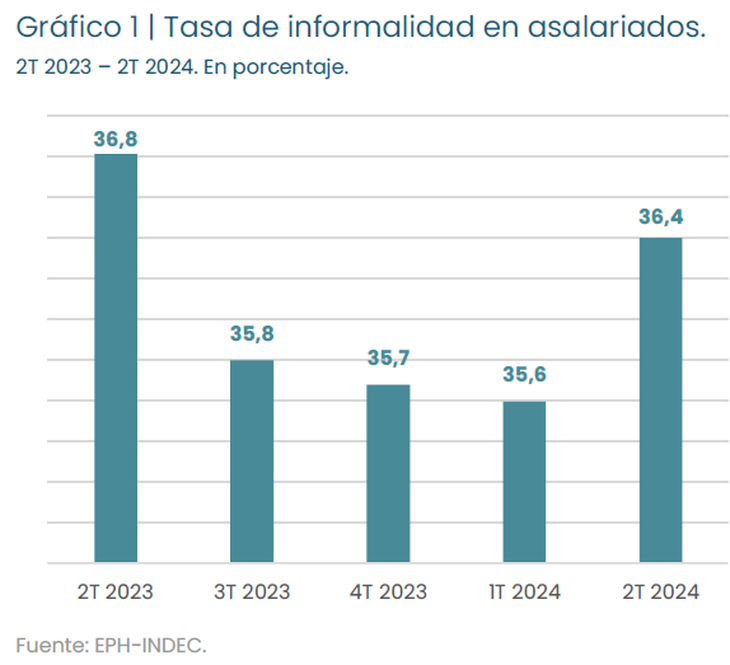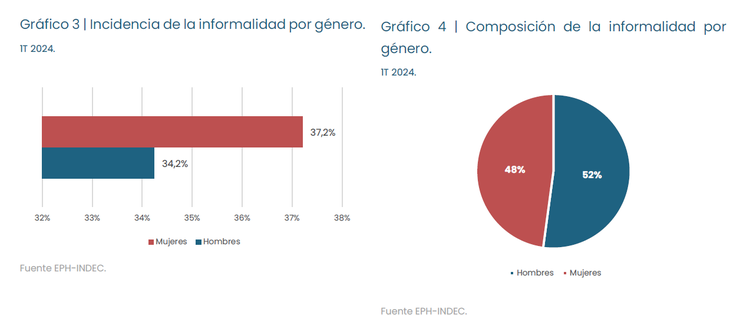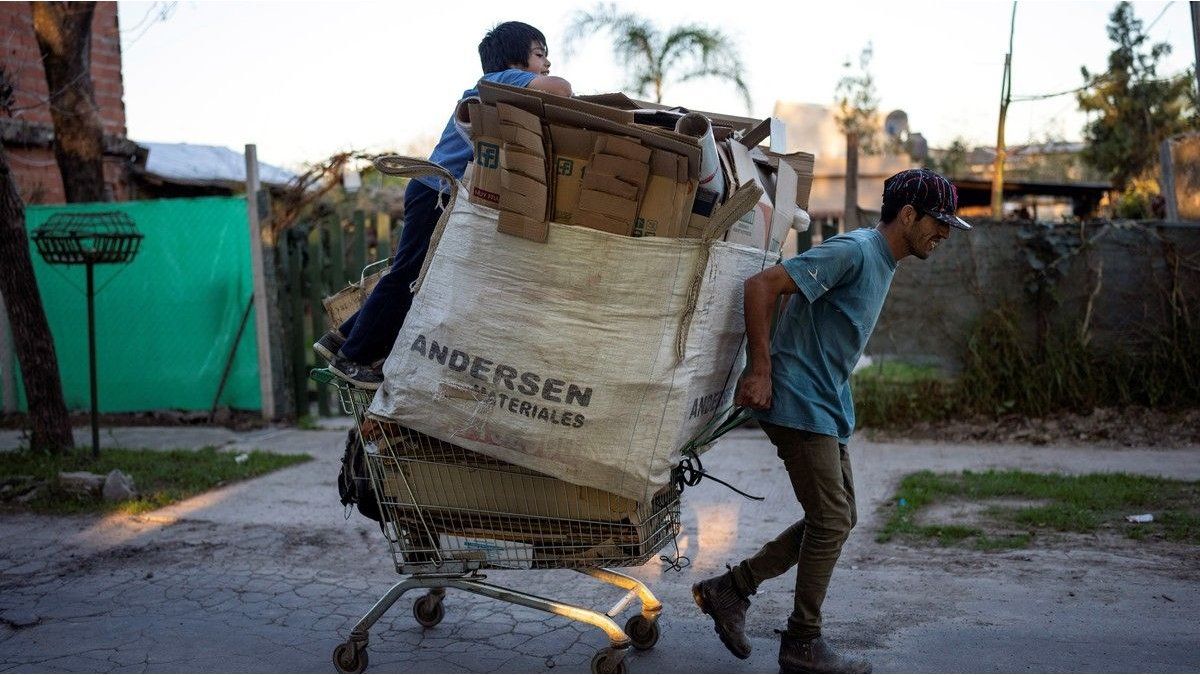A study carried out by the Faculty of Economic Sciences of the UBA, warned that the rate of labor informality is at the levels recorded in 2008 and 2010, before the pandemic.
A 36.4% of employees in Argentina works in informal conditions. This means that four out of ten workers in a dependency relationship are not registered.
The content you want to access is exclusive to subscribers.
It is observed a slight decrease in informal employment in year-on-year comparison, with a decrease of 0.4% in the first quarter of 2024. However, this reduction is not enough to change the panorama of job insecurity in the country.


This is reflected in a recent report of the Interdisciplinary Institute of Political Economy (IIEP) from the Faculty of Economic Sciences of the University of Buenos Aires (UBA). The study, coordinated by Roxana Maurizio and Luis Beccaria, indicates that, despite these figures, The informality rate remains high and is at the level of what was recorded in 2008 and 2010, before the outbreak of the pandemic.
informality.png

The informality rate is at the level recorded in 2008 and 2010
Informality discriminates gender and age and impacts daily life
The report also highlights that the incidence of labor informality varies by gender. In the first quarter of 2024, the informality rate among women was 37.2%, exceeding by three percentage points that of men, which stood at 34.2%.
Although men represent 54% of total salaried employment, women face greater difficulties in accessing formal jobs, which leaves them in a more vulnerable situation.
On the other hand, the Young people are the group most affected by informality. In the first quarter of 2024, almost 58% of workers under 30 years of age were working without registering with social security.
This is equivalent to six out of ten young wage earners do not have access to basic labor rightswhich perpetuates a situation of instability and low quality of employment in the country.
informality2.png

The informality rate affects women more
Informality affects living conditions
The informality not only does it affect job stability, but also the living conditions of the workers. A study by the consulting firm Invecq shows that in the first quarter of 2024, 66.3% of unregistered workers were below the poverty line and 23.9% were destitute.
In contrast, the 29.5% of formal workers were poor, and less than 5% were destitute. Furthermore, a Fundar report highlights that formal workers earn 45.6% more than their informal counterparts.
Source: Ambito
I am Pierce Boyd, a driven and ambitious professional working in the news industry. I have been writing for 24 Hours Worlds for over five years, specializing in sports section coverage. During my tenure at the publication, I have built an impressive portfolio of articles that has earned me a reputation as an experienced journalist and content creator.




